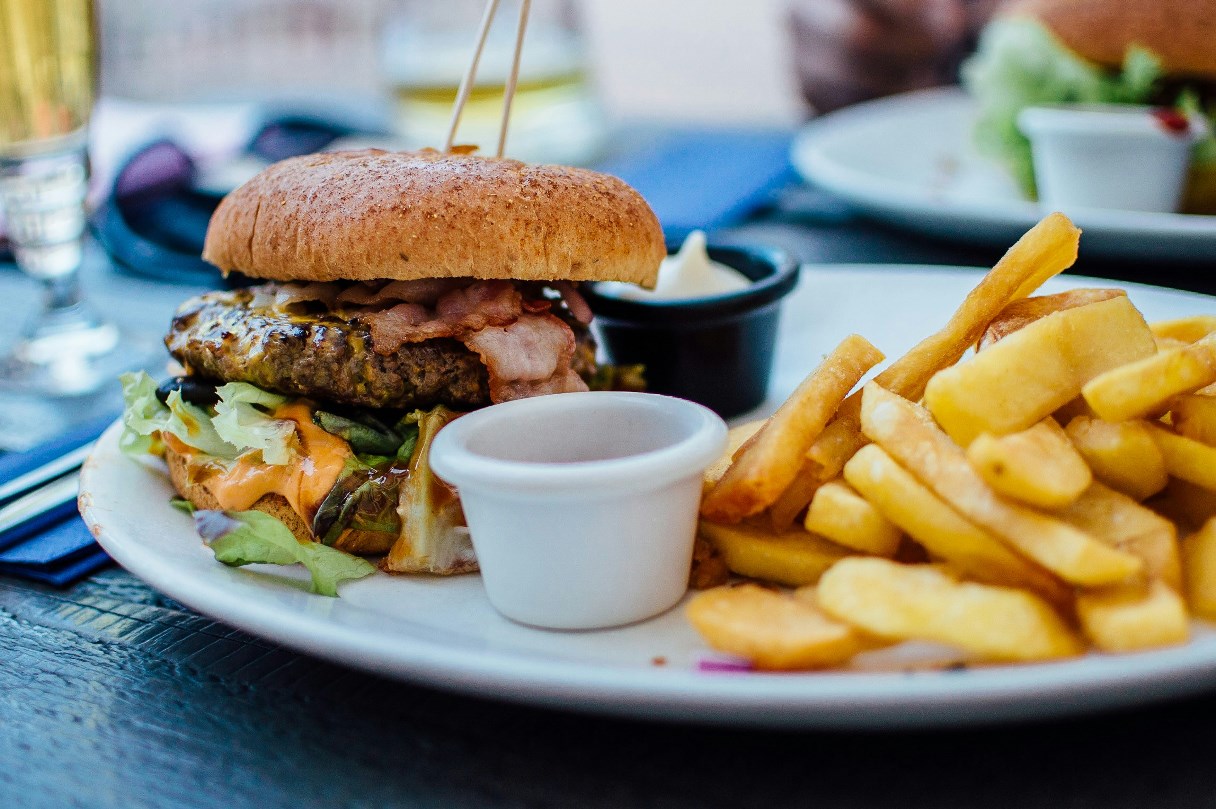Social media has become a primary hunting ground for junk food marketers, offering a direct line to hungry consumers, especially young ones. According to CyberGhost, it works because children in almost all the countries are exposed to adults marketing what evokes emotions in the viewers. Some brands nail their social media approach, while others miss the mark. Let’s break down what works and what doesn’t:
Strategies That Work (Unfortunately)
- Influencer Marketing: Partnering with popular social media personalities gives junk food brands immense reach. Influencers weaving junk food treats into their lifestyle content subtly normalize unhealthy consumption.
- Gamification: Contests, challenges, and interactive filters tap into the addictive nature of social media. Sharing branded content becomes a form of entertainment, deepening engagement.
- Targeted Ads: Using data on browsing habits and interests, junk food companies can pinpoint ads with laser-like precision, popping up at just the moment of a craving.
- Meme Culture: Brands that latch onto viral trends and meme formats come across as relevant and relatable, especially to a younger audience.
Strategies That Backfire
- Overtly Pushy Sales: Hard-sell tactics and constant product shots feel disruptive on social media. Users want to be entertained, not constantly bombarded with ads.
- Ignoring Comments: Brands that fail to respond to criticism, concerns, or even playful banter can appear unresponsive and out-of-touch.
- Tone-deaf Messaging: Trying too hard to be “hip” with outdated slang or misjudging social trends will likely lead to cringe-worthy posts that damage the brand.
- Ignoring Transparency: Consumers increasingly demand accountability. Brands caught in murky practices like misleading “health halos” or undisclosed sponsorships lose trust quickly.
The Ethical Dilemma
The success of many junk food marketing tactics on social media raises profound ethical concerns. Targeting children with sophisticated advertising, blurring the lines between entertainment and persuasion, and exploiting the addictive nature of the platforms has real-world health consequences.
What Can Be Done?
Change won’t be easy, but here’s where we can start:
- Stronger Regulations: Governments must consider policies that limit the ability of junk food companies to target children on social media.
- Platform Accountability: Social media platforms need to be more transparent about targeted advertising and introduce stricter rules around promoting unhealthy products.
- Consumer Awareness: Educating the public, especially children, about the persuasive nature of food marketing on social media is essential in fostering healthier online habits.
The Bottom Line
Junk food marketers have become incredibly proficient at exploiting the dynamics of social media. While some of their strategies may be clever, the impact on public health, particularly the health of children, is no laughing matter. Demanding stronger regulations, holding social media platforms accountable, and increasing consumer awareness are crucial steps to combat this epidemic.
WATCH TOP VIDEOS FROM NIGERIAN TRIBUNE TV
- Let’s Talk About SELF-AWARENESS
- Is Your Confidence Mistaken for Pride? Let’s talk about it
- Is Etiquette About Perfection…Or Just Not Being Rude?
- Top Psychologist Reveal 3 Signs You’re Struggling With Imposter Syndrome
- Do You Pick Up Work-Related Calls at Midnight or Never? Let’s Talk About Boundaries






